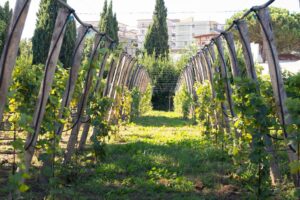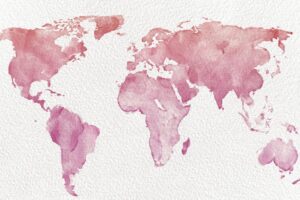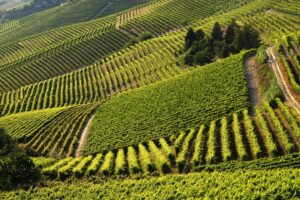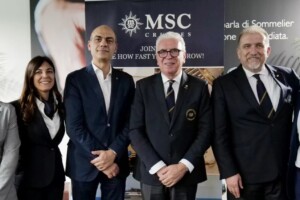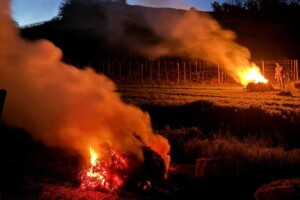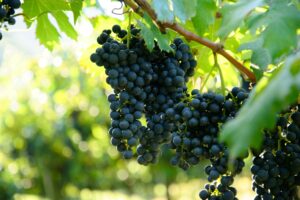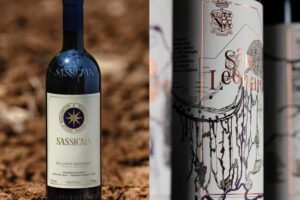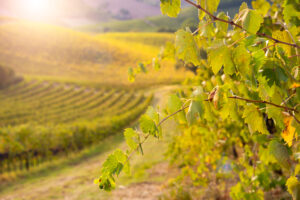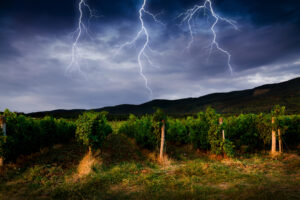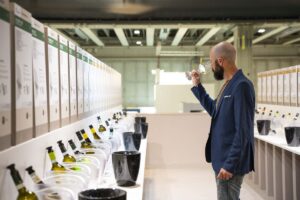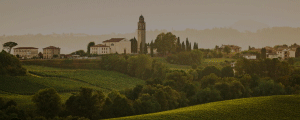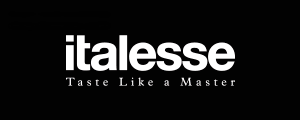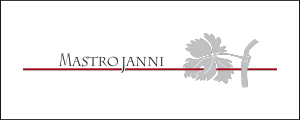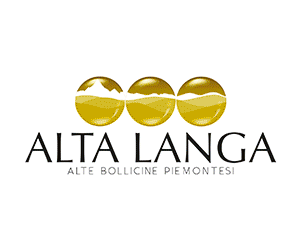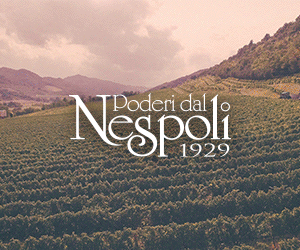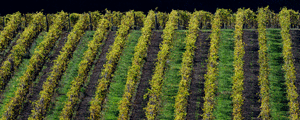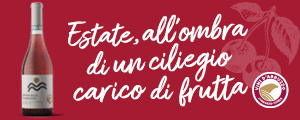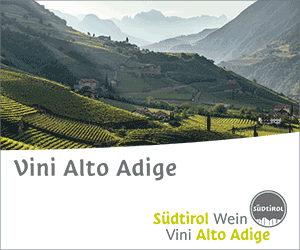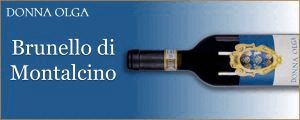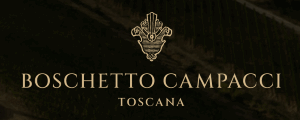Not only Italian wine, but also "Made in Italy" root cuttings are now returning to the "Silk Road", like "Marco Polo". The Italian nursery, Rauscedo Nurseries Cooperative, a world leader in the sector (www.vivairauscedo.com), with a production of over 60 million cuttings per year, and the only Italian nursery that has received the green light to resume exports to China, after the stop imposed by the Beijing government, formally for plant health reasons.
China is number 1 for consumption of red wine in the world, according to Vinexpo and International Wine & Spirit Research, and producer country number 5, with more than 500.000 hectares of vineyards (including table and wine grapes), according to the OIV. And it is still growing, both in consumption and production. That is why, without expecting an invasion of indigenous Italian varieties in Asian vineyards, it is great news to hear that Italy can once again start exporting root cuttings to the great Asian country.
"We had already exported between 2008 and 2009”, Eugenio Sartori, CEO of Rauscedo Nurseries Cooperative told WineNews, “then the Chinese government blocked all imports from Europe and the United States to put into practice a new rigid plant health protocol. The quarantine service officials of the Chinese Ministry of Agriculture visited us last October and they monitored the status of our company, laboratories, nurseries and vineyards, and then, on the basis of what the Friuli Venetia Giulia Region and Italian Ministry of Agriculture also stated about our production capacity, Beijing gave us the go ahead to resume exports”.
So, a potentially huge market has opened again.
"We are talking about 120 million cuttings consumed each year in China, including table grapes and wine. But it must be said that the Chinese government’s attitude is not to encourage the importation of cuttings or wine in general, rather they want to enhance and strengthen the capacity of nurseries in China. Imports are estimated about 1 million cuttings per year. The goal is to import more plant varieties or clones to be grown in China, or at least to convince European nurseries to settle in China. And this is a justifiable attitude considering there are there are still 800.000 farmers in China, so the government believes agricultural production such as vine root cuttings should be done by its farmers and not resort to imports”.
So, the imported foreign cuttings end up in laboratories to be studied, rather than in the vineyards in China.
"Actually, yes. Universities and research institutes are interested in collections and so on. We have few but important customers that either do not want local production, as the quality is not at the level of European standards, or they are not satisfied and try to implant modern vineyards asking advice from foreign countries with advanced viticulture”.
Can you compile a "stock list" of the varieties that are in vogue?
“The varieties most in demand are the classic international varieties, mostly French. Although, among the curiosities to be reported, especially because it is a little known variety but widespread in our country, there is the French variety Marselan, a cross between Cabernet Sauvignon and Grenache, of which there is great demand for cuttings, because the wine has soft and round tannins that the Chinese like. The local indigenous Italian varieties have been more the subject of curiosity and some experimental plantings. They are not cultivated on a large scale in China, partly because the Chinese consumer does not know them. They possibly know the French, because the reference is still France. And then we must say that we are also reluctant to give them clones, selections and Italian varieties because we want to protect our heritage and do not consider it appropriate to encourage the planting of Sangiovese or Montepulciano d'Abruzzo as examples in China. It is much better that they appreciate the wine, produced in Italy, from these varieties”.
Copyright © 2000/2024
Contatti: info@winenews.it
Seguici anche su Twitter: @WineNewsIt
Seguici anche su Facebook: @winenewsit
Questo articolo è tratto dall'archivio di WineNews - Tutti i diritti riservati - Copyright © 2000/2024











